The beignets of Cafe du Monde form a sugary staple of New Orleans. But there’s more to them than meets the eye…
The Beignets of Cafe du Monde, New Orleans
Above green and white stripes, the fans spin around.
And around.
Faster and faster, round and around. Frantic, fizzing, furious above the speckled sugar, they spin and spin, the hot air hugging them with a stubbornness that’s almost chic.
Cafe du Monde New Orleans
This is Cafe du Monde in New Orleans, an icon for visitors to this port city on the Mississippi, the place where the river forms a crescent before it wriggles on through the swampy wetlands to the Gulf of Mexico at the southern edge of Louisiana.
It’s not my first time here, and I hope that it won’t be my last.
Today I’m here to record a live broadcast for Lonely Planet, the replay of which you can watch over here.
But before that, I arrived hungry and jetlagged, husband and baby in tow, for a last supper before we collected our trusty steed.
Or in other words, to munch some food in the name of research before picking up our hire car for a road trip around Louisiana.
For although a polished wooden ceiling waits above photos from a quieter age, people don’t come to Cafe du Monde for the decor.
They come here for a slice of history, and in more ways that one at that.
Cafe du Monde translates to mean cafe of the world – and a quick glance at the clientele reveals that to be true. An off the beaten track destination this is not.
It’s more a rite of passage: more civilised than boozy Bourbon Street, less time-bound than Breakfast at Brennan’s.
Its draw? The fact that it opened in 1862, for sure.
And that there’s only one dish on the menu: those sugary, legendary New Orleans beignets.
A Beignet in Cafe du Monde
A beignet in Cafe du Monde comes as one of three, all hot and fresh and smothered in sugar so soft it’s as though someone has raided a small child’s snow globe and sieved out all the larger snowflakes. They’re crispy on the outside, slightly soft within, and come stacked one atop the other like a dented set of cards.
During my time in Louisiana, I’ve lost count of the different stories I’ve heard about this calorie-defying snack.
One that it’s related to Spanish churros: hot, sweet and crunchy, just perfect for revellers recharging as they slowly stagger home.
Another that they’re lifted straight from the patisseries of France, then another that 16th century English bennets predate the dish, and even some unlikely sounding claims linking beignets to the German treat spritz keuken.
Medieval Cookbooks
Probably my favourite quote to date is the one from Gael Stirler on her essay on beignets:
“Terrance Scully, author and translator of many medieval and Renaissance cookbooks writes in The Art of Cookery in the Middle Ages, “Every major recipe collection of Medieval Europe is absolutely bound to contain, somewhere between its first and last pages, directions for at least a dish or two called either a crisp (or crépe or crispello) or a doughnut. The procedure involved in making either of theses is quite simple. All that is needed is, on the one hand, hot grease in a pan or a pot and, on the other, a dough or batter to drop into it.” And what better way is there to break Lent than with a beautiful, puffy, fried treat known as a beignet. ”
So, before our beignet grows cold, let’s simply agree to beignets having a European origin, most likely French, and move right on to coffee.
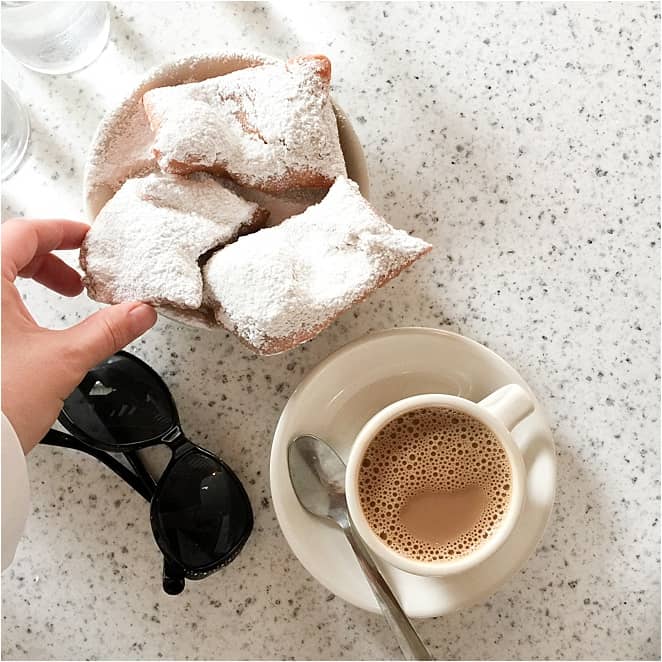
Chicory Coffee in Cafe du Monde
Coffee in Cafe Du Monde not only comes with beignets, it also comes with chicory, an ingredient with a glamorous name but a rather less salubrious background.
At some point here on the Mississippi, the coffee supplies dwindled. So merchants filled out the stocks they had with the roots of the endive plant, our mate chicory.
After a while, vendors realised they could get away with it people grew to prefer the taste and a New Orleans custom was born.
But why all this food history? And why am I spending so much time talking about New Orleans Cafe du Monde?
Why talk about Cafe du Monde New Orleans?
A seat at sugary Cafe du Monde gives a snapshot of the area’s history.
France did found the city in 1718 and from here you can see the architectural footprints of the French Quarter, oozing with ornate iron balconies and some olde world charm. The Spanish, too, owned these streets for a while, their legacy visible as cornflower blue tiles that spell out the street names.
The British and Germans have had their footsteps here and the role of sugar is inextricably linked to Louisiana, providing her with both unprecedented wealth and the unenviable title of having been the largest slave trade port within the United States. (A drive along Louisiana’s Great Mississippi River Road that runs between New Orleans and state capital Baton Rouge shows plenty of evidence of that.)
New Orleans: City of the World
But today, I’d say that New Orleans is one of the cities that does seem to belong to the world.
It’s the birthplace of jazz, the flamboyant protector of Mardi Gras, home to the oldest Catholic parish created by and for African Americans, and it’s part of the global kitchen that helped create the distinctive Cajun and Creole cuisine.
It stood firm when Katrina moved her eye across the storm.
And it seems to go wobbly at the knees when a cute baby is in town.
Cafe du Monde: Launchpad for Driving Around the State of Louisiana
New Orleans has blended cultures from West Africa, the Caribbean, Europe, northern America, and more.
On a map, it’s pretty much half way between Texas and Florida. Yet when I speak to people back home, Louisiana has nowhere near as much fame.
Which, excusing the rhyme, seems a shame.
So for all these reasons, I decided that the Cafe du Monde was as good a place as any to start my tales of our Fly-Drive trip around Louisiana.
Cultural.
Historic.
And, let’s face it, sweet.
Well, a girl’s gotta make the most of these things, eh?!
Where to Stay in New Orleans
The Old No 77 Hotel
Oh, how I loved this bare brick, overflowing art hotel set in the artsy Warehouse District. Great service, cool design and a built in art exhibition – check out the broadcast over here.
Maison Dupuy, the French Quarter
This has the perfect location for travelling with a young baby in New Orleans: right within the French Quarter but a safe distance away from the party scene on Bourbon Street. From here, you can easily walk to Louis Armstrong Park, Jackson Square, the art galleries on Royal Street and Breakfast at Brennan’s.
How to Plan a New Orleans Road Trip
- See the exact itinerary we used here on our New Orleans Road Trip Planner
- Understand the difference between a swamp and a bayou with our helpful guide
- Learn the surprising story about Louis Armstrong in New Orleans
- Bookmark the 3 days in New Orleans itinerary here
- From New Orleans, I’d highly recommend driving the Great River Road
- For more on New Orleans, check out the New Orleans CVB and for more on state-wide Louisiana, visit the Louisiana Travel portal
- Don’t miss the Tabasco Factory, Louisiana’s hottest attraction (boom!)
- Build on your time in New Orleans with a separate Alabama Road Trip that takes in many of these fascinating facts about Alabama.
- Plan out a great family trip with these ideas on what to do in New Orleans with kids.
Disclosure – I travelled through Louisiana with support from a number of local CVBs and local companies, in particular Visit New Orleans, Louisiana Travel and TTM World. My trusty steed was sponsored by Hertz UK. As ever, as always, I kept the right to write what I like. Otherwise, there’s just no point.

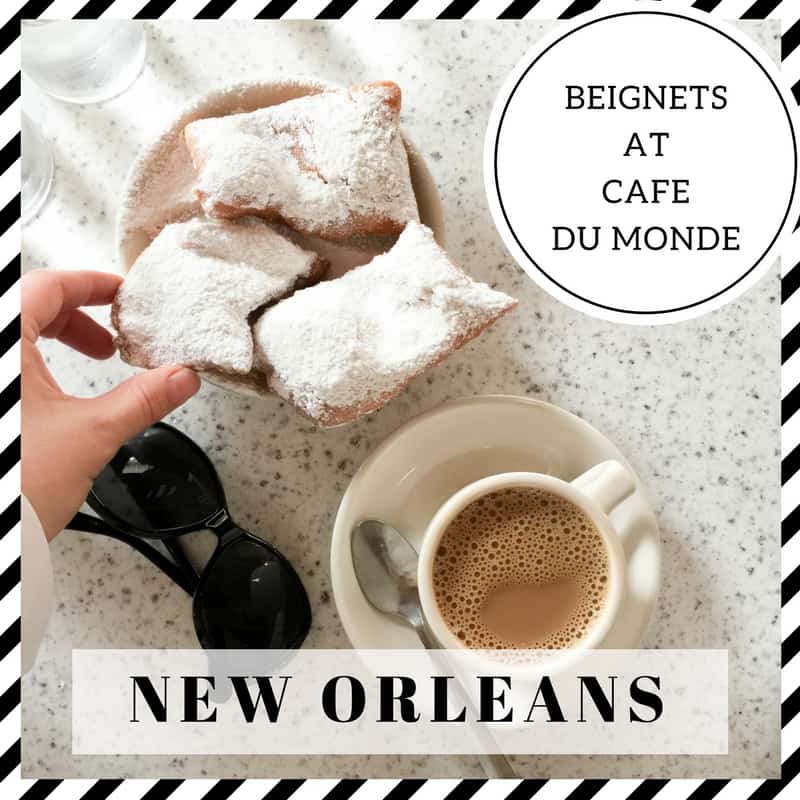
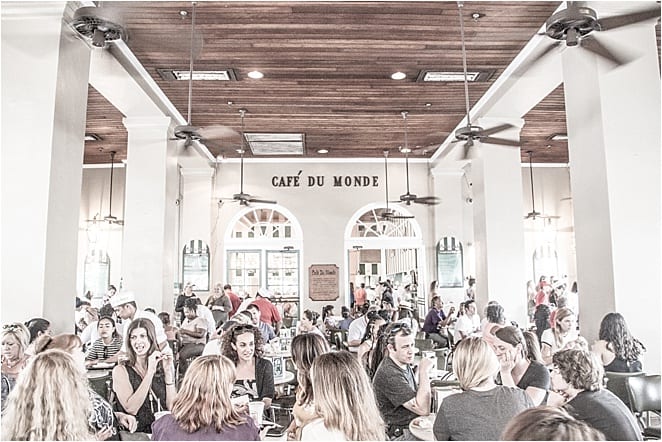
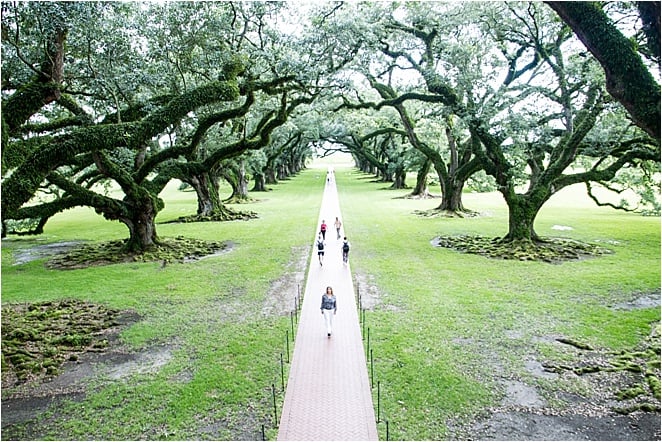
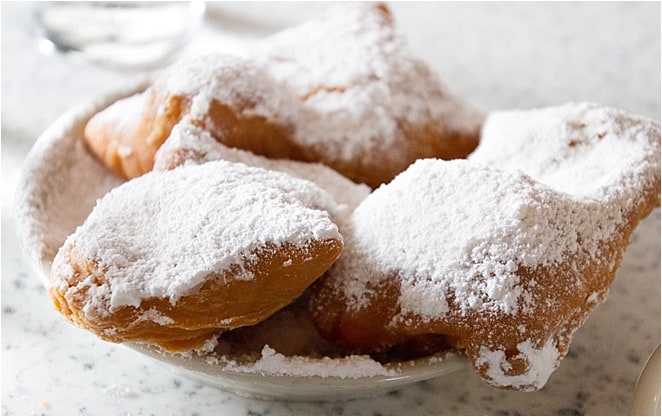
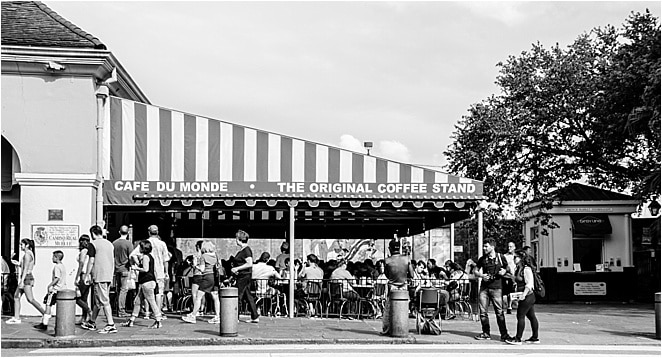
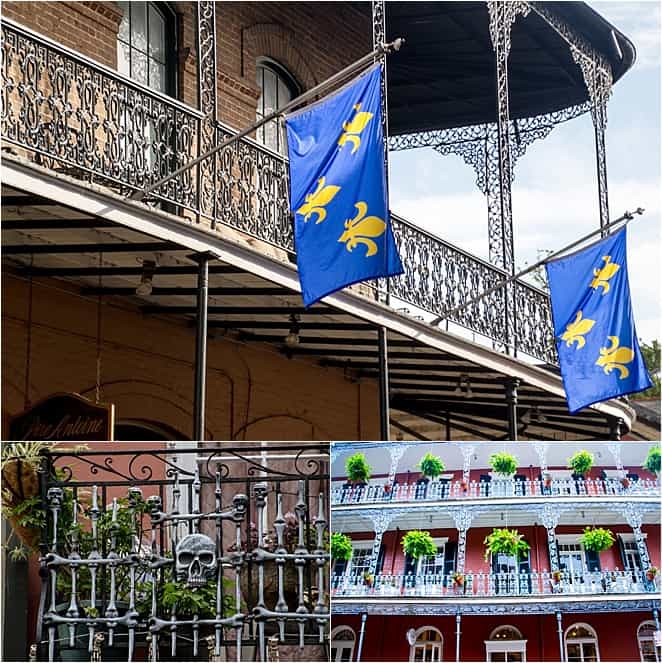
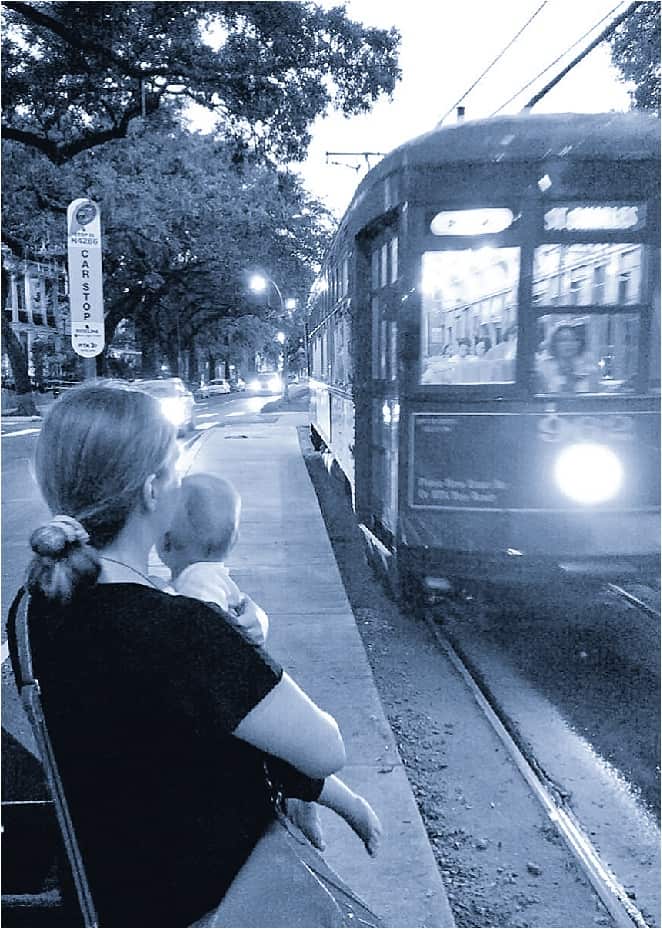
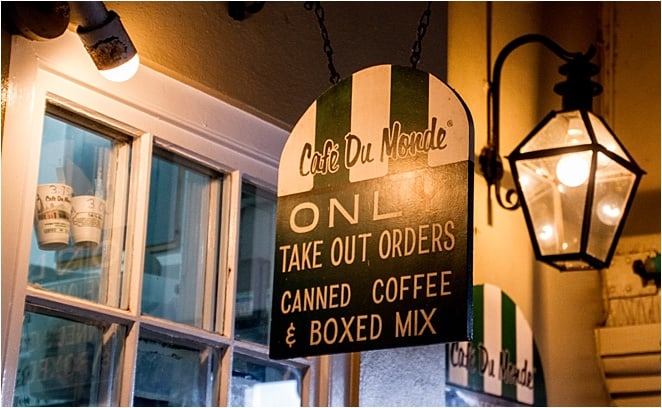
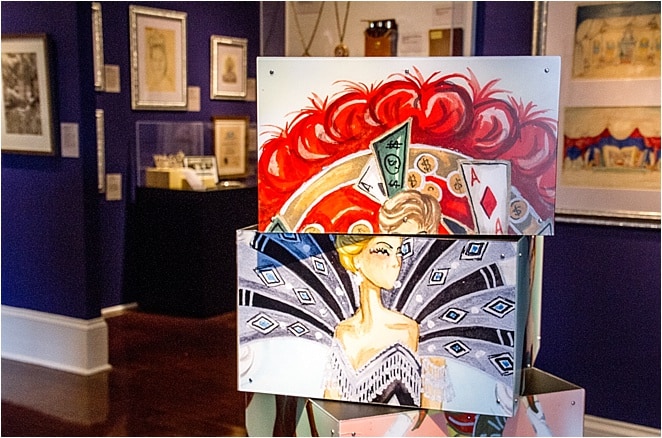
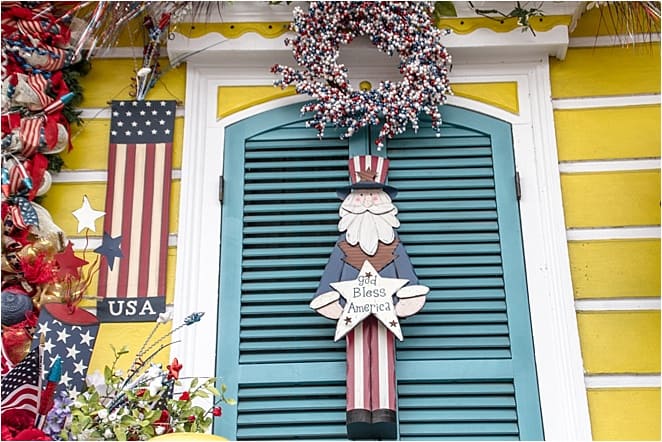
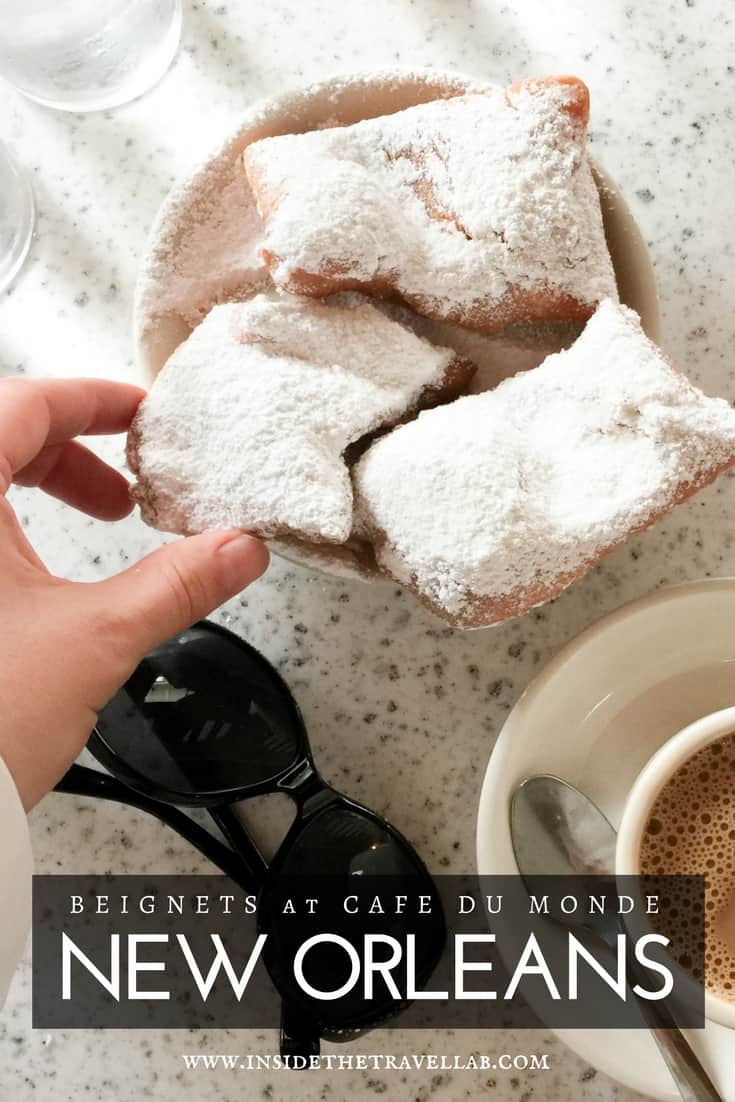




I have not but I badly want to!!